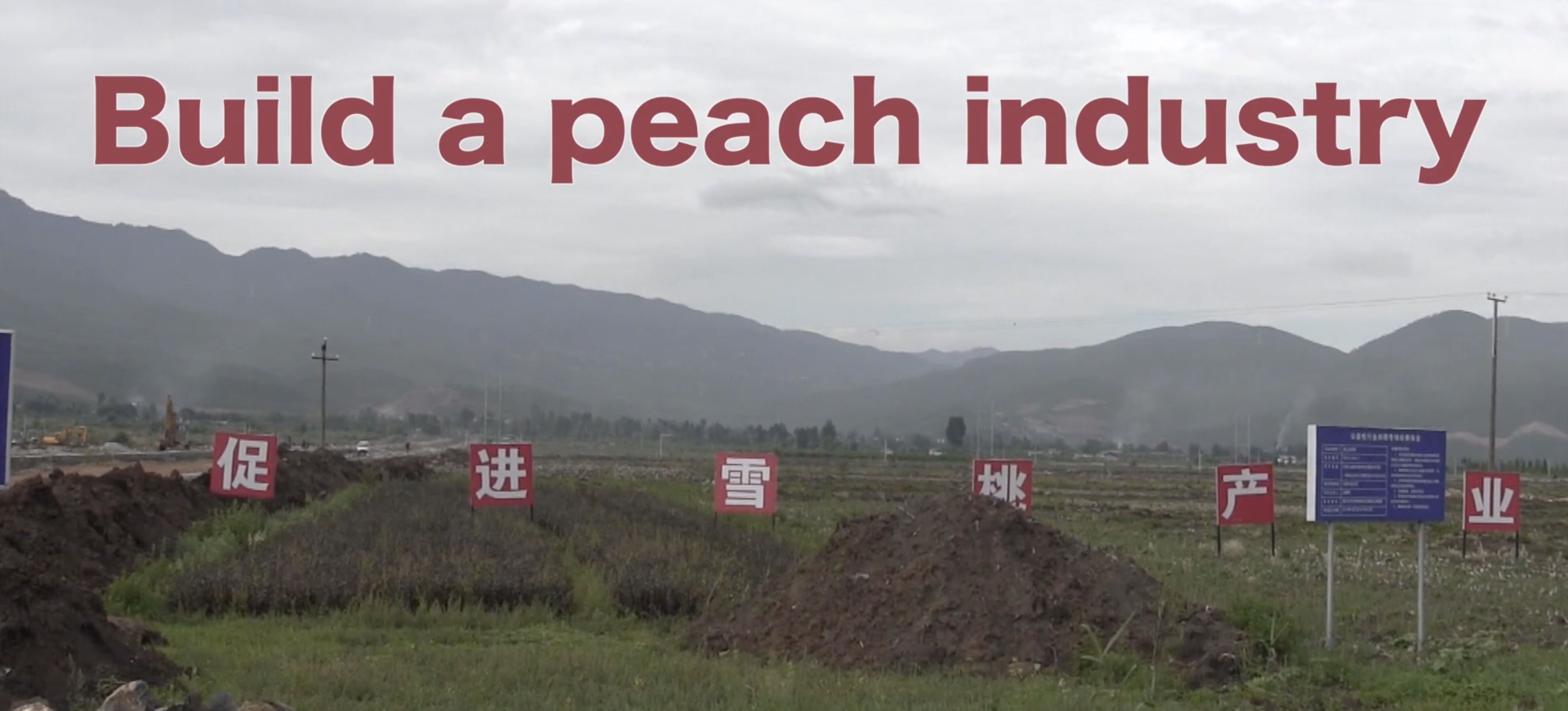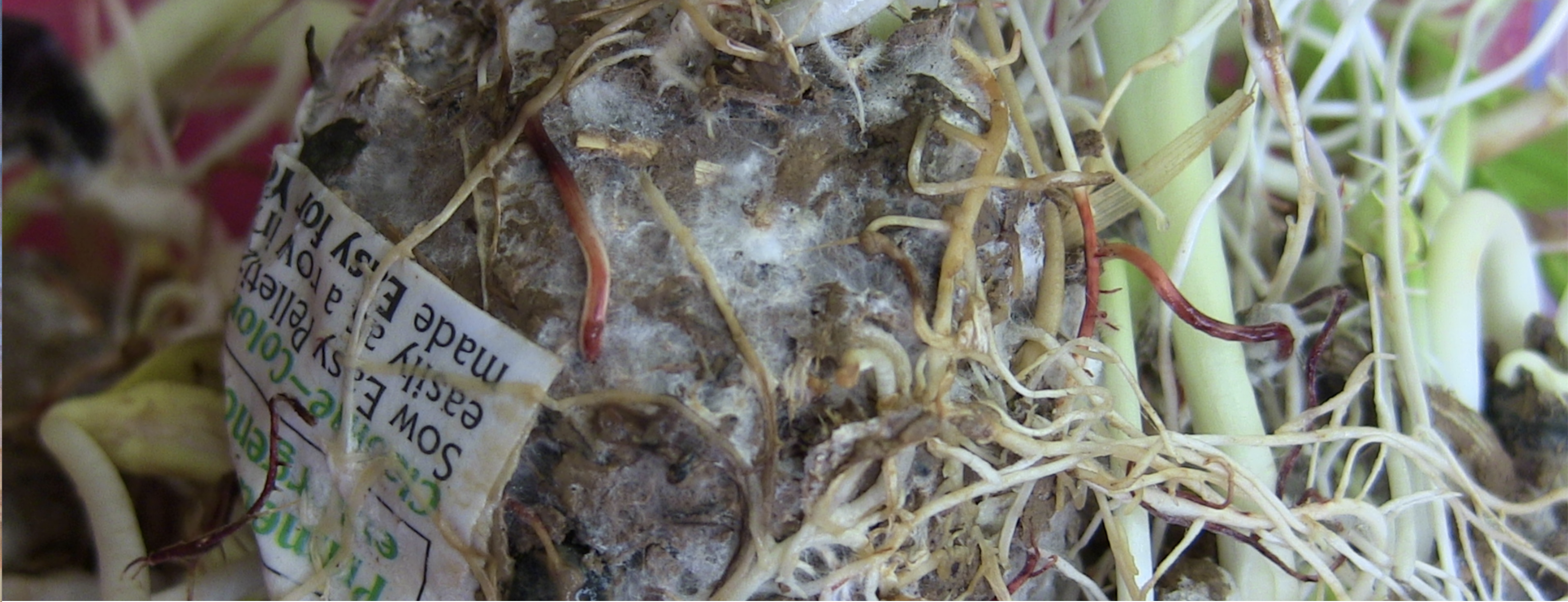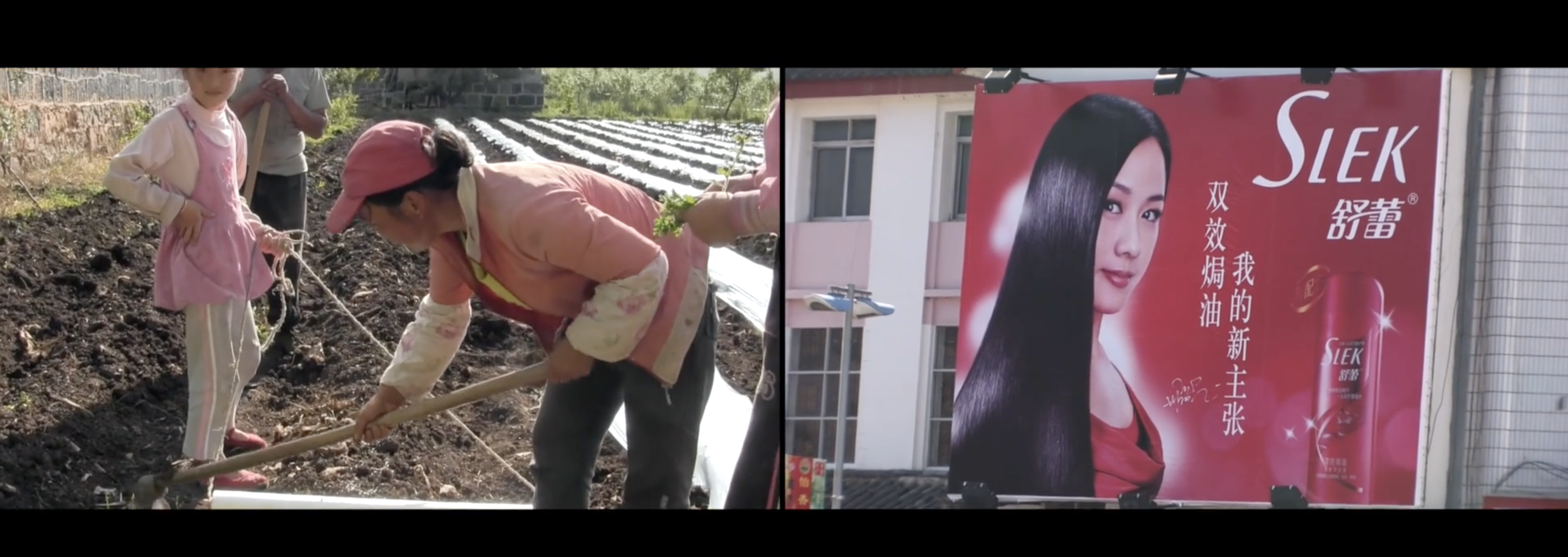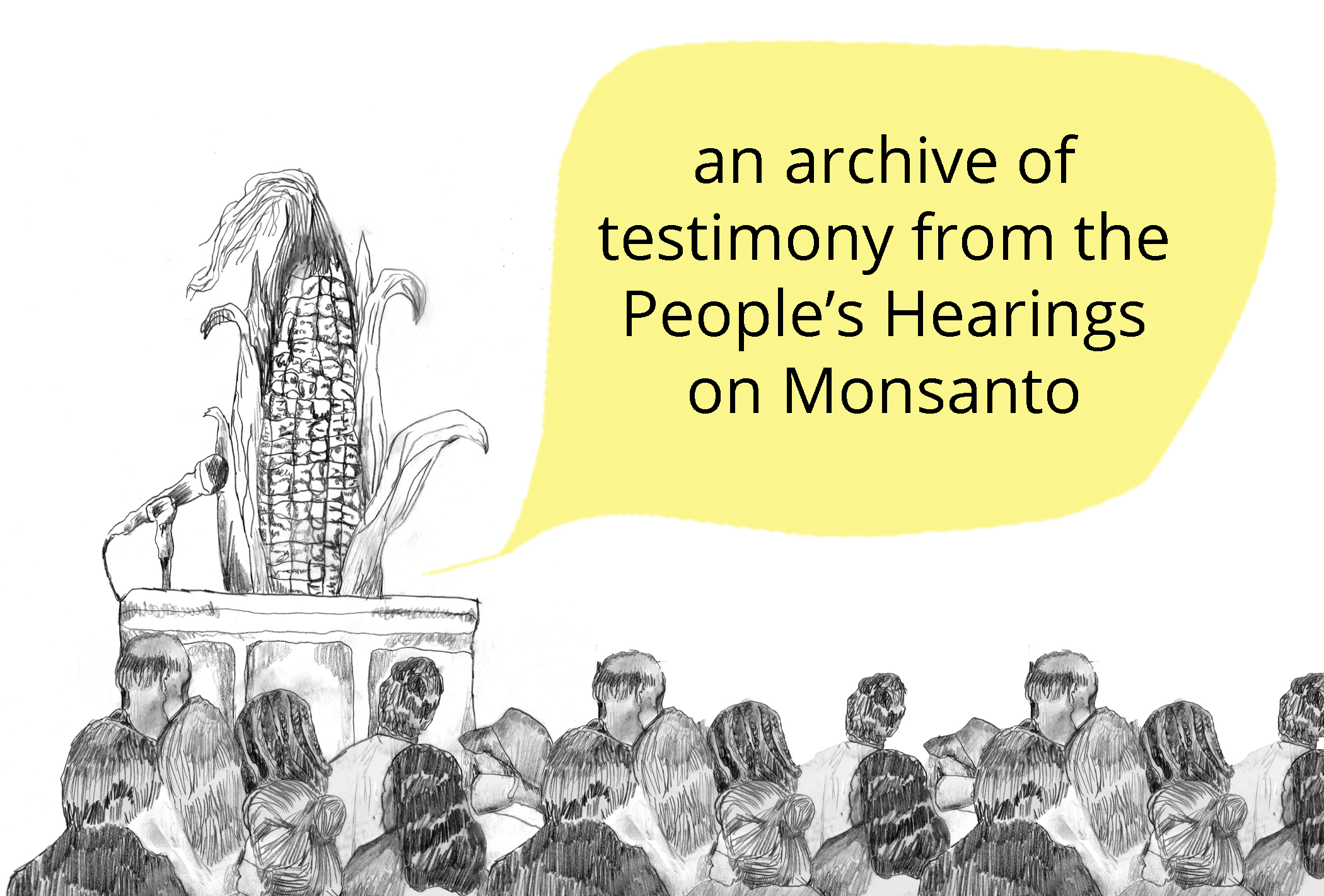 (Naxilandia, Sarah Lewison, 2008)
(Naxilandia, Sarah Lewison, 2008)
The Complex Interrelationships of Tending the Land: An Interview with Sarah Augusta Lewison
Olivia Ann Carye Hallstein
Sarah Augusta Lewison is an activist and creator who documents, researches, and builds platforms for the often-underrepresented farming communities worldwide. Her work speaks to both the social and environmental consequences of monocultural industrialized agriculture, emphasizing heightened indigenous and affected community representation. Her work has brought her throughout the United States to Yunnan, China, Mexico, and Argentina and her Center for Subsistence Research acts as a connecting space for artists, crafters, farmers, and researchers alike. In our interview, Sarah speaks about her work and experiences and her conclusions surrounding the state of agriculture today.
I am consumed with documenting and working within a real world, so I look for ways to draw attention to possibility, love, and connection.
 (Melt with Us: An Essay About the Seed Bomb, Sarah Lewison, pub. Journal of Aesthetics and Protest, 2015)
(Melt with Us: An Essay About the Seed Bomb, Sarah Lewison, pub. Journal of Aesthetics and Protest, 2015)
Hi Sarah, thank you so much for speaking with EcoArtSpace today! Let’s jump right in: you describe your work as a semi non-fiction medium that integrates storytelling and narrative into real-world documentation. How did you decide to use semi non-fiction mediums?
I started out doing documentary videos but felt dissatisfied with the endings; I wanted something more hopeful and interesting than simple narrative closure. But I am consumed with documenting and working within the real world, so I look for ways to draw attention to possibility, love, and connection. For example, in the Monsanto Hearings, we overturn conventions of legal procedure to allow non-human animals to testify and collectivize claims of harm in a way that would never ordinarily take place.
Layering the speculative onto the document is also informed by the research and practice of my collaborator and son, Duskin Drum. Duskin drew my attention to crudely photoshopped scenes under climate change, such as Studio Lindfor’s Aqualta (2009) of rice growing on 42nd St in NYC, and his domed subsistence village in Yunnan, China, which protected people from the state and development more than weather. Imagination is so important – for all of us. We can productively consider Jameson’s famous conjecture that it is easier to imagine the end of the world than the end of capitalism.
 (Chicken Tenders, Sarah Lewison, Feb-March 2021)
(Chicken Tenders, Sarah Lewison, Feb-March 2021)
There seems to be a strong connection between the environment and people living within these environments in your work. It reminds me of your most recent project, “The Brownfield Between Us,” where you are documenting a clean energy initiative on a piece of land with an industrial and racially discriminatory past. Many people criticize green initiatives of social-historical denialism because they do not offer social support. What have you noticed on the ground where you are?
Your question describes precisely the situation in Carbondale. Our documentary attempts to lay out the multiple different frameworks of knowledge and experience that inform peoples’ reactions to the city’s flirtation with a solar development on a contaminated site adjacent to a black neighborhood. The debate reveals how perceptions of safety or risk are tied to privilege in a situation where there is uncertainty. Some neighborhood residents fiercely and repeatedly raise this uncertainty to the point that the city government and some lighter-skinned residents living at a distance treat it as irrational. The activists’ questions are not seen as valid by all, but isn’t it worthwhile to consider whether citizens should trust the EPA after what has happened in Flint? Should we have faith in the EPA’s system for evaluating contamination based on “acceptable levels” of chemical traces and on the presumption that toxins decay into innocent elements within the matrix of the soil?
Not everyone, but some people say, exhilaratingly, “Just leave the land alone!”
A tragedy continues to haunt the neighborhood: many people succumbed to death from the same kind of cancer. There is also a living memory of dust and foul odors from the creosote plant. For years the residents demanded more comprehensive soil testing and were refused by the city, the EPA, and the landowners. In this project, I wonder if there can ever be enough testing to satisfy a hunger for information that may never be retrieved. The metaphoric – or real ghosts – who perished from their labor or familial associations with the tie rod plant are hungry.
Another argument against the greenfield lurks as an anti-capitalist, decolonial subtext for some, the opportunistic profiteering of the “greenfield” solar company to the erstwhile extraction of value from humans in the form of enslaved labor, denigration, and diminishment under Jim Crow. The overall expectation of the landowners is that they will be able to continue extracting value from the land itself. Not everyone, but some people say, exhilaratingly, “Just leave the land alone!”
 (Still from Naxilandia, Sarah Lewison, 2008)
(Still from Naxilandia, Sarah Lewison, 2008)
They bring out the complexity of subsistence life and the vast kinds of knowledge held by the farmers that allows them to make so many small decisions; about the weather, when to plant and harvest, what to cultivate for market etc.
It seems these topics are globally present: not just in the USA, your work in China speaks to social disparity as well. I have noticed that the flow of your films, such as “Naxilandia,” offers impressions of the “agricultural modernization to the nation’s indigenous highland homes” in Yunnan Province of China, allowing viewers to draw their own conclusions. What strategies do you use to create this work?
Although I was inspired by how artists such as Burtynsky have used scale, especially in China, to telegraphically reveal the destructive impact of human activities on the landscape, I only had a small camera and a variable lens, and myself. I aimed instead for intimacy and the temporality of the everyday. Sometimes I videotaped for the entire period it took to seed or harvest a field, wash wheat, or wait out a rainstorm before returning to the field. I ended up with a lot of footage to sift through and used many of these long sequences in the installation, consisting of 3 or 4 videos playing synchronously. They bring out the complexity of subsistence life and the vast kinds of knowledge held by the farmers that allows them to make so many small decisions; about the weather, when to plant and harvest, what to cultivate for market etc. There is also an element of meditation to the tasks.
I contrasted this hand / physical work to paid labor and the appearance in the landscape of more and bigger machines for moving earth and controlling water, and managing people. These become more predominant over the duration of the film, finally appearing on all screens. There is also a video channel with text that narrates the historical and technical context.
They are forming cultural collectives that are re-energizing the use of indigenous language and cultural practices. They also are learning, through practice and research, a combination of agroecological, permacultural and traditional approaches to cultivating, foraging, and preserving.
 (Still from Naxilandia, Sarah Lewison, 2008)
(Still from Naxilandia, Sarah Lewison, 2008)
You mention the “complexity of subsistence life” revealed to you while creating “Naxilandia.” Can you speak more to the farmer’s experiences with which you were working? How much restorative agriculture is already practiced in the Yunnan Province, and is there information to uphold the environmental balance through agriculture in the face of “reforming and opening up”?
The farming communes under the Maoist period were encouraged to use “modern” farming techniques, so there is not necessarily a consistent change in farming approaches due to the reforms. Some subsistence farmers we met in Yunnan use organic cultivation for home consumption, reserving the use of manufactured fertilizer, herbicides, and pesticides for their market crops. The coolest holdover we observed from the commune period is that people still communize their labor, especially the women, who will help each other with large jobs such as getting an entire field picked and loaded on a truck.
In 2008, I visited a marvelous organic farm and eco-resort in Yunnan, experimenting with agroecological techniques. I had heard about a few others near Beijing, but they were struggling with a lack of market demand for organic food. To make a more significant environmental impact, they will need to out-pace the state policy drives to industrialize and off-shore farming. It’s depressing.
In 2019, we met indigenous youth returning with their children to NW Yunnan villages. They are forming cultural collectives that are re-energizing the use of indigenous language and cultural practices. Through practice and research, they also learn a combination of agroecological, permacultural, and traditional approaches to cultivating, foraging and preserving. In the limited engagement I’ve had with farmers in China at this level, I’ve learned that they take their job of growing food for their families and communities very seriously. The imperative is to get bigger or consolidate as being pressed by the state is difficult to resist.
In rural areas in the United States, municipalities and counties now spray the roadsides with Roundup. Organic growers need to put up “no-spray” signs. Wherever the spray is applied, usually from an airplane, people are exposed to drift. It is a considerable problem in Argentina and Paraguay, a geographic area that artist Eduard Molinari calls “the Republic of Soy,” where children in nearby towns are directly hit and sickened from the exposure. It’s a terrible crisis on top of all the other crises; I’m not aware it has changed, although there have been a couple of successful lawsuits against the technology. And in the United States, these technologies and the big commodity farmers continue to win the greatest share of federal money, leaving the small farmers who grow real food to struggle along.
